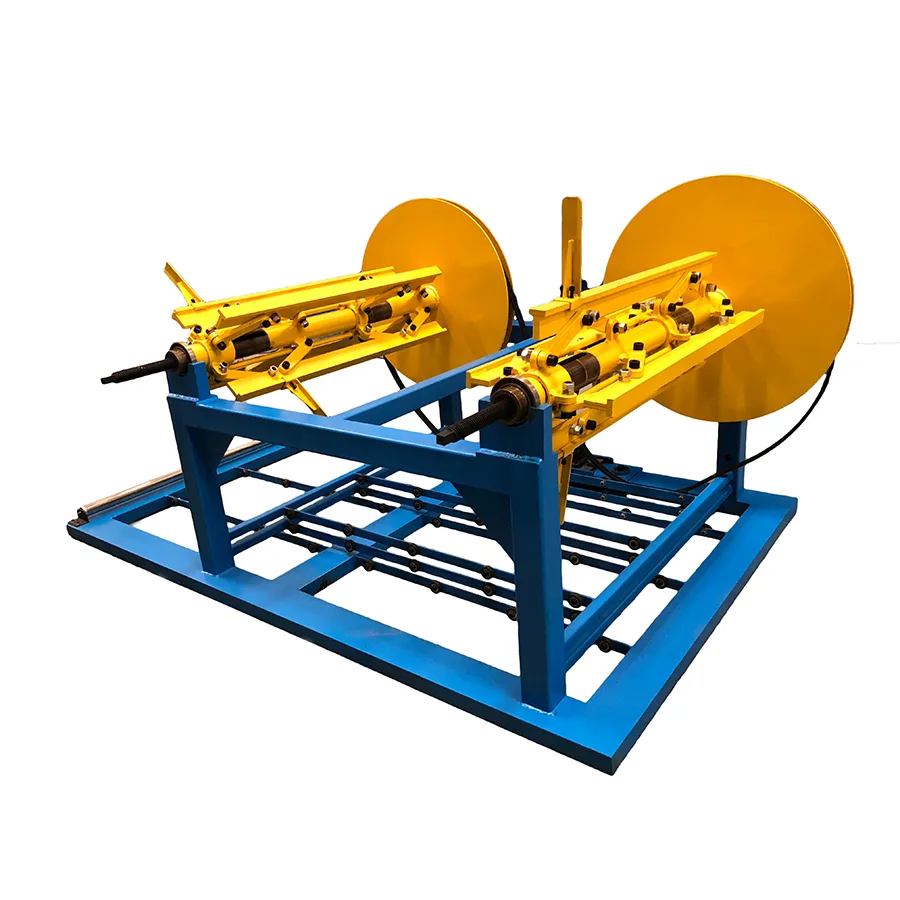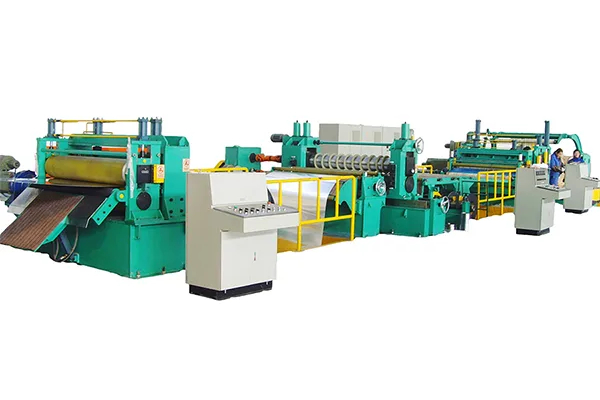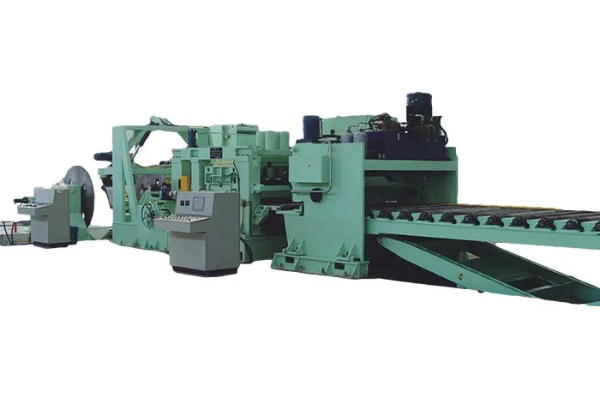
Understanding Automation in Duct Fabrication
- By:Metmac
- 2024-06-24
- 204
Automation is rapidly transforming the duct fabrication industry, promising increased efficiency, accuracy, and cost savings. Understanding Automation in Duct Fabrication provides a comprehensive overview of the latest automation technologies and their implications for the industry. This article will delve into the key aspects of automation, exploring its benefits, challenges, and future prospects.
Benefits of Automation in Duct Fabrication
Increased Productivity
Automation enables faster and more consistent production rates, reducing lead times and increasing overall output. CNC machines can handle complex geometries and repetitive tasks with precision and speed, freeing up human workers for more value-added activities.
Improved Accuracy
Automated systems eliminate human error, ensuring that ductwork meets precise specifications. Machines use advanced software to optimize cuts, reduce scrap, and ensure proper fit and assembly.
Enhanced Safety
Automation reduces the need for manual handling, minimizing the risk of workplace accidents. Automated machines can lift heavy materials, reducing strain on worker’s bodies.
Reduced Labor Costs
While automation requires an initial investment, it can significantly reduce labor costs over time. Automated systems can replace multiple workers, handle multiple tasks simultaneously, and work around the clock.
Challenges of Automation in Duct Fabrication
High Upfront Investment
Implementing automation systems requires a substantial upfront investment in machinery, software, and training. This can be a significant barrier for small and medium-sized businesses.
Technical Complexity
Automated systems require specialized knowledge and skills to operate and maintain. Businesses need to invest in training programs and employ skilled personnel to ensure optimal performance.
Job Displacement
Automation can lead to the displacement of manual laborers. Businesses need to develop strategies to retrain or redeploy displaced workers into new roles.
Future Prospects of Automation in Duct Fabrication
Advanced Technologies
The integration of emerging technologies such as AI, machine learning, and IoT will further enhance the capabilities of automated systems. Machines will become more intelligent, adaptive, and capable of self-optimization.
Increased Specialization
Automation will enable duct fabrication businesses to specialize in complex and high-value segments of the market. As automated systems take on routine tasks, human workers can focus on value-added activities such as design, engineering, and customer service.
Sustainability
Automated systems can contribute to sustainability by optimizing material usage, reducing scrap, and improving energy efficiency. They can also enable the production of more environmentally friendly ductwork.
Conclusion
Understanding Automation in Duct Fabrication empowers industry stakeholders to harness the transformative power of automation. By addressing the benefits, challenges, and future prospects, this article provides a roadmap for businesses seeking to embrace automation and drive innovation in the duct fabrication industry. Embracing automation is not just about adopting new technologies, it is about reimagining the way we design, manufacture, and deliver ductwork, ultimately leading to greater efficiency, profitability, and sustainability.
-
Sheet Metal Rolling Machine for Sale: Finding Precision and Durability with METMAC
2025/12/09 -
Press Brake Bending Machine: Engineering Precision with METMAC
2025/12/09 -
CNC Sheet Bending Machine: Precision Redefined with METMAC
2025/12/09 -
Sheet Metal Roll Forming Machines: The Precision of METMAC Engineering
2025/12/09
-
Advanced Sheet Metal Rolling, Laser Cutting, and Folding Machines for Precision Fabrication
2025/10/31 -
High-Performance Sheet Metal Bending and Cutting Machines for Modern Fabrication
2025/10/31 -
High-Quality Sheet Metal Equipment for Sale: Efficient Solutions for Modern Manufacturing
2025/10/31 -
High-Performance Sheet Metal Equipment for Sale: Forming and Shearing Solutions for Modern Fabrication
2025/10/22
-
Latest Technological Advancements in Rectangular Duct Machines
2024/05/11 -
Integrating Automation with Rectangular Duct Machines for Enhanced Productivity
2024/05/11 -
Metal Shear Machines- Essential Tools for Precision Metal Cutting
2024/05/11 -
Understanding the Role and Function of Steel Strip Slitting Machines
2024/05/11
-
A Guide to the Latest Innovations in Sheet Metal Folding Machines
2024/11/29 -
Key Features to Consider When Investing in a Sheet Metal Folding Machine
2024/11/28 -
Enhancing Precision with Advanced Sheet Metal Folding Machines
2024/11/27 -
How to Choose the Right Sheet Metal Folding Machine for Your Workshop
2024/11/26







